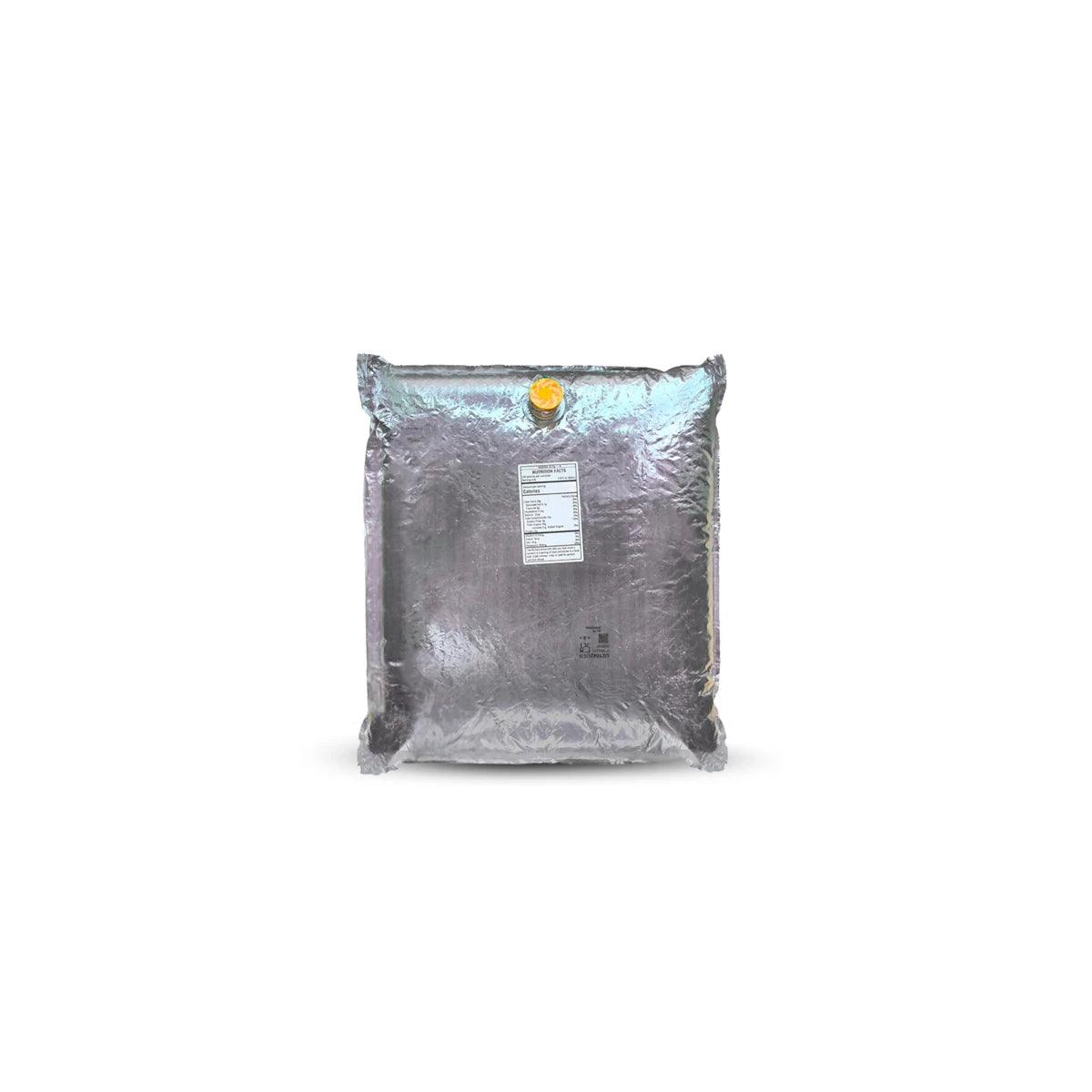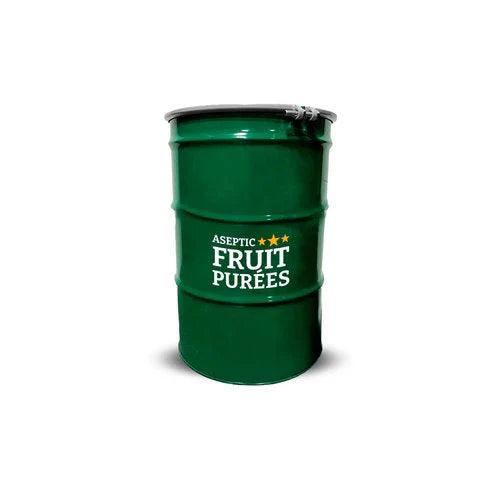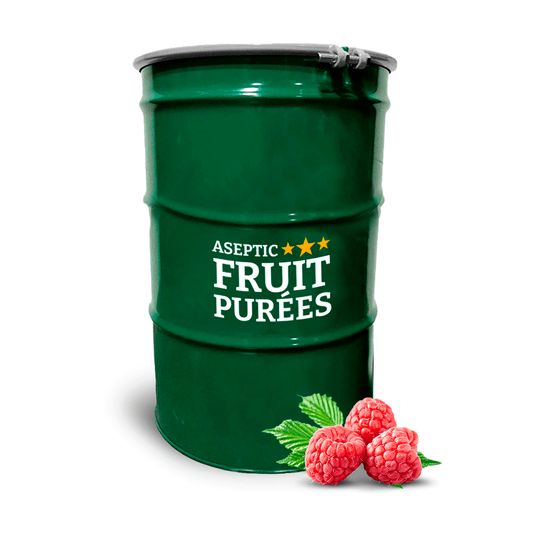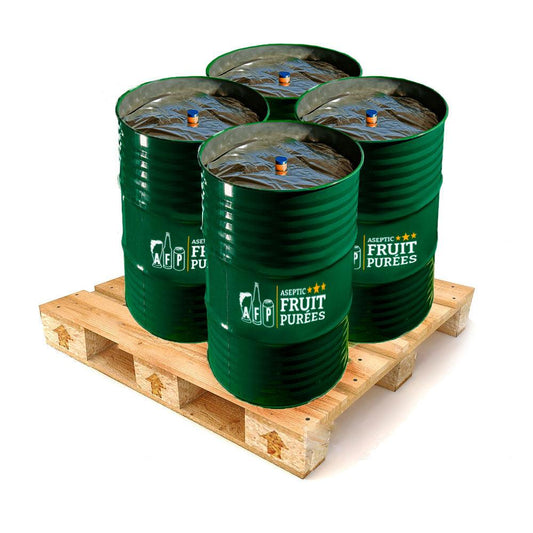Projecting for brewing in 2023
As 2022 comes to a close, projecting for 2023 should be on everyone’s radar to be started, if not already done. Sometimes an assignment like this can be overwhelming. By breaking it up into smaller bite-sized tasks, a project like this can be easier to handle. The following is a rough guide on topics to consider when starting a yearly forecast.
Determining what you want/need to make
The first step in projecting and scheduling is going to be determining what beer brands and styles you are going to make. Usually this is done with all departments of a brewery involved. Questions you should ask are: Do you have core beers always available? Do you have seasonal beers? Are there going to be one-off beers? How many of each of these? It is also recommended to look at trends. What is has done well in the past is not necessarily what will do well in the future. The rise of seltzers, RTDs and NA beer are recent examples of trends in the industry. If you do not already produce one, is this something you want to add to your list of brands? Do you have any contracts for ingredients? Things like hop contracts can greatly influence what beers will be brewed. Once you have all of this information, write out a rough outline of when certain beers should be available. This can be done by quarter or month at this step. Make sure to include any hard release dates if applicable.
Determining how much you are going to sell
Using the previous years information can be key in this step. Start with how much you sold last year. Then, determine if you need to brew more or less than that. Work with both the sales team and financial team to have a better understanding of this data. I have found that breaking these numbers up by each beer and by each fiscal quarter helps later on in the process. Going a tad further and breaking up into number of batches per quarter, and packaging requirements per quarter will also make this easier for the next step.
When to brew
Once you have your projections for how much of each beer you need in each quarter, you can now make a rough outline of when to brew. For me, I use an excel document. But there are many brewing programs, calendar programs, and production management programs that will all help produce a quality schedule for brewing. Much of this is going to be determined by storage capacity, brewing capacity, and packaging capacity. Each brewery is going to be different.
Start with beers that have a hard release date. Then using your quarterly projections, fill in the gaps with all the other beers. Obviously this schedule can be fluid and as the year changes, your schedule can shift accordingly.
Also, due to beer being alive, and sometimes unpredictable, try to build cushion into the schedule. Things can and will happen with fermentation, with equipment, with shipping, etc. Accounting for this ahead of time will cause less headache later on. Adding a few days here and there in my schedule has saved me on multiple occasions.
When scheduling out beers, be cognizant that different beers are going to take different amounts of time. Are you kettle souring? That takes up equipment. Are you adding Aseptic Fruit Purees? This could add time to fermentation. Are there adjuncts in the Brite Tank? This could add an extra day or two to extract flavors. There are many things that will affect the timing of the beer.
Projecting ingredients
Before we get into how ingredients should be ordered, we need to determine an estimate on how much of every ingredient we need. Using your quarterly projections from earlier, do the math by multiplying all your recipes by the amount of times you will be brewing them. Obviously this will be an estimate, but it will get you close.
The size of the brewery will also greatly determine how ingredients should be forecasted. Most larger breweries have contracts on things like hops and malt. Smaller breweries may just have contracts on hops. And the rest may not have any contracts. Contracting will usually guarantee that you will have the right amount of each ingredient throughout the year and usually comes at a lower price point. That said, projecting incorrectly catches some breweries in a bind if over contracted or under contracted. Contracting also usually needs to be done well in advance. Some hop contracts are scheduled out and sold 2-3 years in advance. This obviously needs to be taken into consideration.
If contracting ingredients doesn’t fit in your immediate plan, look into ordering in bulk. If you have the space and upfront costs are an issue, this can be a good way to save on ingredient expenses.
You should also determine when to order ingredients. Again, sometimes this is determined by space constraints. You should also work out shipping times from ingredient suppliers. It is also recommended to add a few days to that in case there are any shipping delays or logistical issues.
Projecting for Seasonality
Another thing to consider when projecting for 2023 are the seasons. Now this shouldn’t be its own step but instead be integrated into all the previous steps. Are there beers styles that do better a certain time of year. For example, you may not want to release your barrel aged cherry cordial stout at the height of summer. Instead, your citrus American wheat beer may be a better choice. Also, the seasonality of ingredients could make a difference. Fresh hops are only harvested in the fall. The same can be said about different fruits. Certain fruits are available during certain times of year. That said, the shelf life of Aseptic Fruit Purees is around 18 months. Buying ahead when ingredients are available could save time and difficulties later when looking for suppliers that still have certain things in stock.
Conclusion
By following the previous steps, you have the beginning tools to start projecting for 2023. These are the best practices that I have found work for me. Have you started planning for the next brewing year? What steps would you add to make this process easier for you and your brewery? Tell us what you are planning for 2023 by clicking here






